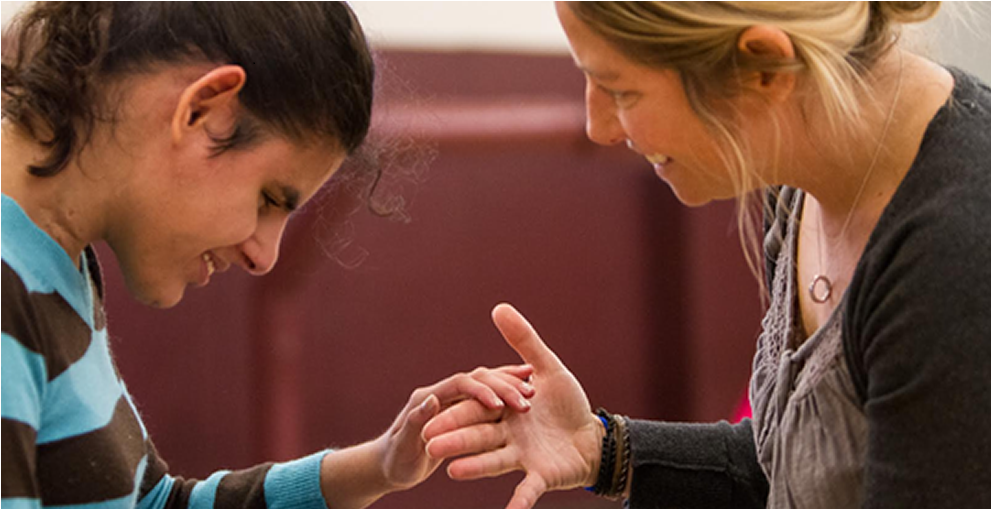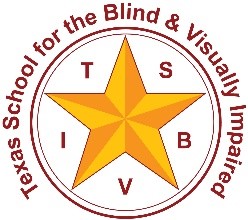Fight or Flight and Rest and Digest

Other features of our bodies that play a part in regulating our states are the sympathetic nervous system (SNS) and the parasympathetic nervous system (PNS). The sympathetic nervous system causes changes in your body that are associated with “fight or flight” and prepare your body to move or take action. It is tied to functions primarily in the left hemisphere of the brain and triggered by the amygdala and thalamus. For example, if you see what you think is a snake, your body might do these things: heart beats faster, breath faster, pupils dilate, mouth goes dry, your body produces more glucose for energy, and you might run or strike out at the snake. The SNS in other words, does everything it can to keep you safe, and it will try to get you away from or address danger. Other functions of the brain lose importance while this is going on, so this makes for a less than ideal state for learning new information or having dinner.
“Fight or flight” refers to an automatic physiological reaction to an event that is perceived as stressful or frightening. The perception of threat activates the sympathetic nervous system and triggers an acute stress response. The threat doesn’t have to be real; we just need to perceive it as a threat. This is what we refer to when we talk about “aversions”. When we look at interactions and programming for children who are deafblind and who may also have additional challenges, we want to avoid things that trigger this response.
The parasympathetic nervous system causes changes in your body that are associated with things that let you “rest and digest”. So back to the snake example, if you look again where you thought you saw a snake and realize that the what you saw was only a stick, your parasympathetic system returns you to your base state where respiration, heart rate, and lung function return to normal. Your pupils constrict, you are able to produce more saliva, and you are once again able to expend the energy to digest food.
The PNS is tied to functions primarily in the right hemisphere of the brain. Like fight or flight, when we are fully in rest and digest mode, we are usually in a state, maybe daydreaming or even asleep. These states are also not conducive to learning.
We also want to avoid activities and environments that cause the learner to move into “rest and digest” mode during instruction. Instead we want to help the child move into a calm and alert or active and alert state, where they are able to engage fully in learning. These states are more conducive to engaging in interactions and participating actively in independent learning. Our challenge as educators is to develop learning activities and environments that cause the child to alert, become curious, and seek to engage with the person, object, or environment. We refer to sensory experiences that help the child achieve these states “appetites”.
Autonomic reactions
Sympathetic reactions
Parasympathetic reactions
Complexion turns pale
Calm and rest
Red blotches on the neck
Calm and lowered pulse rate
Sweating
Decreased sweating
Blood pressure rising
Increased production of urine
Heart beat faster
Deeper respiration and deep sighing
Dilated pupils
Increased intestinal movements
Heightened muscle tension
Relaxed muscles
Attentive facial expression
Uncontrollable crying |
| Figure 4 Autonomic reactions – Sympathetic and Parasympathetic reactions from Gammeltoft, B.C. (2017). Sansestimulering for voksne. Denmark: Forlaget fa. as it appears in Revealing Hidden Potential Chapter 6 Arousal regulating activities in a neuroaffective project Tanja Møller Christiansen Lone Rømer Jensen. |
Resources for Learning about the Human Nervous System
Maria Creutz, Saskia Damen, Kirsten Costain, Christina Lindström, Paul Hart and Jude Nicholas. editors. Revealing hidden potentials – Assessing cognition in individuals with congenital deafblindness, 2020 August. Published by Nordic Welfare Centre www.nordicwelfare.org
Cleveland Clinic website, 2022. Parasympathetic Nervous System (PSNS)
Cleveland Clinic website, 2022. Sympathetic Nervous System (SNS).
Khan Academy, Autonomic vs somatic nervous system | Muscular-skeletal system physiology | NCLEX-RN | Khan Academy, 2013,

